‘I was watching television and breaking news of a plane crash came on. My heart sank. I knew it was their plane’
Twenty years ago on August 14, 2005, a Boeing 737-300 took off at 9.07am from Larnaca airport with 115 passengers and six crew on board. By 12.03pm, no one on that Helios Airways flight was alive.
The plane was destined for Prague with a stopover in Athens. Shortly after takeoff, the cabin decompressed causing everyone on board to faint, except air steward Andreas Prodromou who made desperate efforts to fly the plane.
The plane entered Athens’ airspace out of control and with no communication between ground control and the cockpit. Greek F-16 jets lifted off to assess the situation and accompany the plane.
It never reached Eleftherios Venizelos airport. The plane crashed minutes later into the hills of Grammatiko, outside Athens.
As news of the crash spread, Cyprus watched on in disbelief.
As the 20th anniversary approaches, the memories and the pain are still visceral. Nine children were left orphaned. So young in 2005, they are now in their 20s and 30s.
“The orphans were raised by relatives. You can still see the sorrow in their eyes, the pain, the ‘why?’,” Vasos Georgiou told the Cyprus Mail.
Yet, another hammer blow lay in wait.
Those orphans and the other relatives of the crash victims are still being denied much of the around €8 million in compensation paid out by the insurance companies and Boeing. And that is not the companies’ fault. It’s the government’s.
Georgiou, now 65, was elected Mosphiloti community leader when he was 28 and served the post for eight years.
In the crash, he lost his wife, Mary, and both her parents, Sotiris and Andriani.
“I was supposed to be on the flight,” Georgiou said and explained that he had business to attend to in Cyprus at the time, so he stayed behind with his children.
“I was watching television and breaking news of a plane crash came on. My heart sank. I knew it was their plane,” Georgiou said.
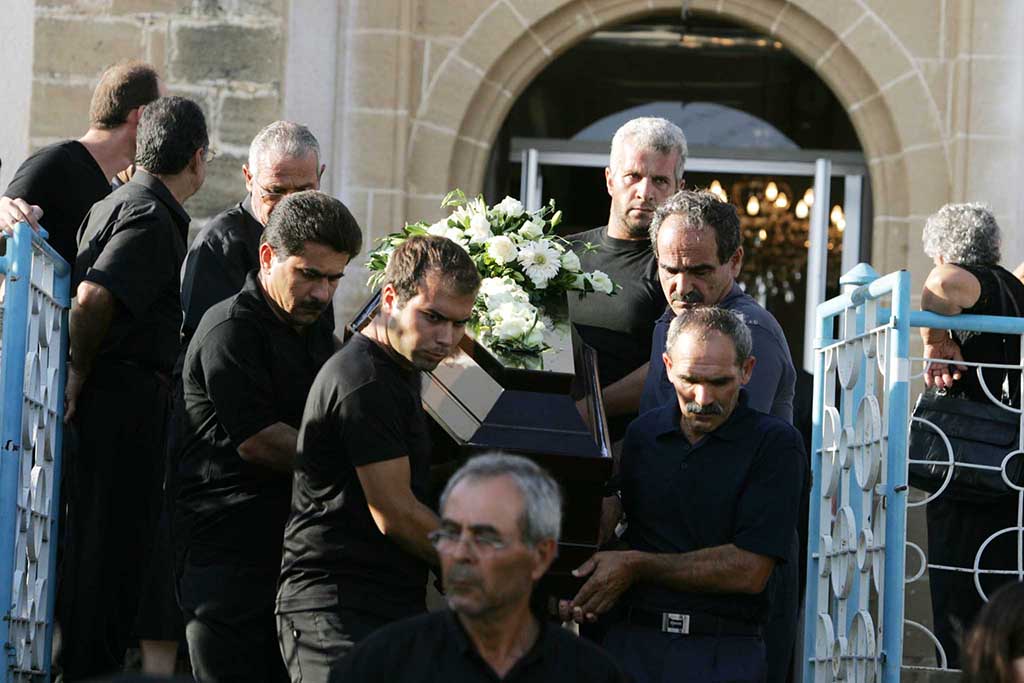
Since the crash, Georgiou has been tireless in fighting for the rights of the relatives the deadly crash left behind.
In 2007, the insurance companies and Boeing paid out €8 million in compensation for the relatives of victims, with the orphans set to get €500,000 each.
In 2013, that money disappeared.
“All the money was gone in the haircut.”
Under the 2013 bailout programme between Cyprus and its lenders, large depositors paid for the recapitalisation of the Bank of Cyprus, heavily exposed to debt-crippled Greece. The Popular Bank, meanwhile, totally collapsed. The relatives’ compensation disappeared.
In 2015, the cabinet, under former president Nicos Anastasiades, decided to give the relatives their money back in installments and so from 2015 till 2020 approximately €2.5m were returned to the beneficiaries in installments every November.
“Anastasiades’ cabinet was about to look into returning the rest of the money when Covid struck,” Georgiou said.
Georgiou has been the frontman in the efforts.
“What we want is just for the money they took to be given back. Nothing else,” he said.
The only money available for the families of victims is the compensation paid out by the insurance companies and Boeing. There have been no collections or state grants.
At present, the government of President Nikos Christodoulides is examining ways to return the rest of the money – around €5.5m. Consultations are ongoing.
Georgiou is the person who kept in touch with the families and is coordinating events and memorials.
This year, around the date of the crash, memorials will be held by the families privately and a broader memorial, in the presence of Christodoulides and the archbishop, is scheduled for September 6 at 6pm at Ayia Paraskevi and Panayia Eleftherotria church in Mosphiloti.
All those honouring the memory of the victims are invited to attend.
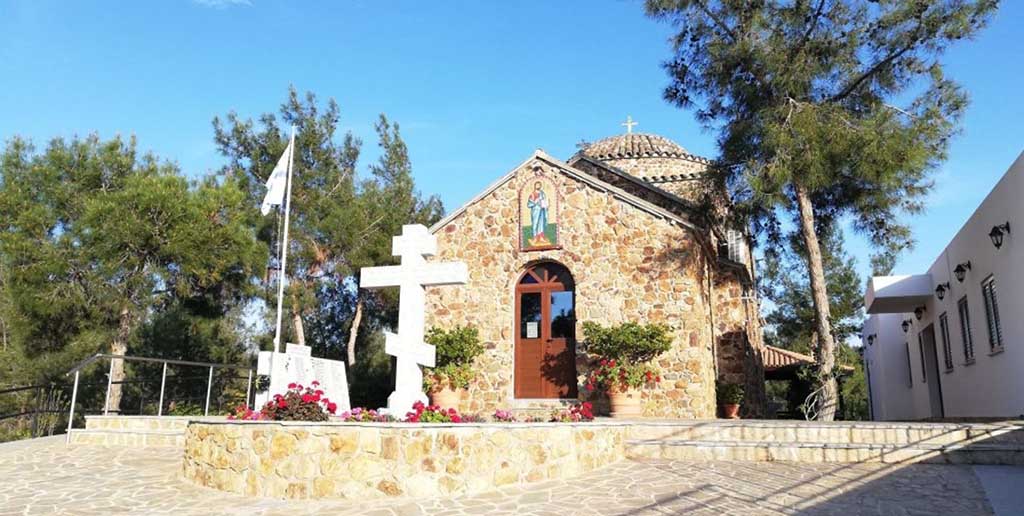
The idea to build a church was conceived by Georgiou and his wife. Delving into the history of the area, they found that the old church of their village had originally been dedicated to St Paraskevi and thus decided to dedicate their church to the saint.
Shortly before construction works were set to begin, Mary died in the plane crash. The Virgin Mary was then added to the church’s name in the form of ‘Eleftherotria’, which means liberator and for Georgiou symbolises the wish for Cyprus’ liberation from Turkish occupation.
The church was eventually built as an “eternal memorial” for those who perished in the crash.
The foundation stone was laid in March 2006 and the Byzantine-style church was inaugurated in July 2006. It is adorned by frescoes, icons and mosaics.
The church stands on a pine-covered hill outside Mosphiloti, about 500m from the Ayia Thekla monastery.
With the church, Georgiou brings the families of victims together. He keeps the memory alive.
On Georgiou’s list there are 121 victims plus one – the unborn child of a six-month pregnant passenger.
He has published a book with details of the victims and the history of the church, which he hands out at memorials and events. It is often out of print and reprinted before events. The contents of the book are available here.
Timeline of Helios 522 crash and aftermath
Flight HCY522 for Prague via Athens took off at 9.07am from Larnaca airport on August 14. The plane had landed earlier than day from London, with the crew reporting a loud noise at one of the doors during the flight. Instructions were given to check the door.
During the flight, the alarm sounded at 9.12am. Two minutes later, the pilot contacted the company’s ground flight attendant and spoke with the ground engineer, who could not explain what was happening.
The last attempt by the crew to make contact was at 9.20am. It is believed that those on board had lost consciousness.
The only conscious member on the flight, an air steward, attempted to call the crew and at 9.29am asked the Nicosia air traffic controller to make contact with flight HCY522.
Eleven more attempts were made. At 9.36am, one minute before the plane entered Athens’ airspace, Nicosia informed Athens that the flight was not answering.
Attempts were made by Athens and another aircraft between 9.37am and 10.49am. They received no answer.
The plane entered a holding pattern around Eleftherios Venizelos airport at 10.37 at an altitude of 34,000 feet.
At 10.53am a state of alarm was declared and at 11.23am two Greek air force F-16s took off.
At 11.34am a state of danger was declared.
At 11.49am, one of the F-16 pilots noticed a uniformed individual enter the cockpit, put on the headset and place his hands on the instrument panel at the same moment the plane’s left engine stopped due to lack of fuel. The plane then leaned towards the left and headed northwest.
At 11.54am the person in the cockpit, believed to be steward Andreas Prodromou, sent out three Maydays and made two more attempts that were not sent as he had not activated the microphone.
At 7,000 feet, the F-16 pilot gestured to him to follow the jet.
At 11.59am the plane took a southwest direction and the right engine died.
At 12.03pm the plane crashed into the hills of Grammatiko.
Of the 115 passengers, 93 were adults and 22 under the age of 18. Twelve were Greek and the others Cypriots.
At 12.35pm, the Greek fire service sent all available means to the crash site, including aircraft. Air force ambulances and helicopters were also sent in.
Most of the bodies recovered were burned after the plane caught fire. In total, 118 bodies were recovered. Three were totally burned.
Autopsies determined that they were all alive when the plane crashed but in a deep and irreversible coma due to hypoxia – low levels of oxygen in the body.
However, the final cause of death was multiple injuries from the crash and extensive burns for some.
Bodies were identified through dental records and DNA samples from relatives.
Five Helios officials were charged with manslaughter and their trial started in Nicosia in 2009. They were all acquitted in 2011.
An Athens court found four individuals guilty and sentenced them to imprisonment for a total of 124 years each. In 2013, a Greek court handed three of them ten-year sentences, redeemable for €80,000.

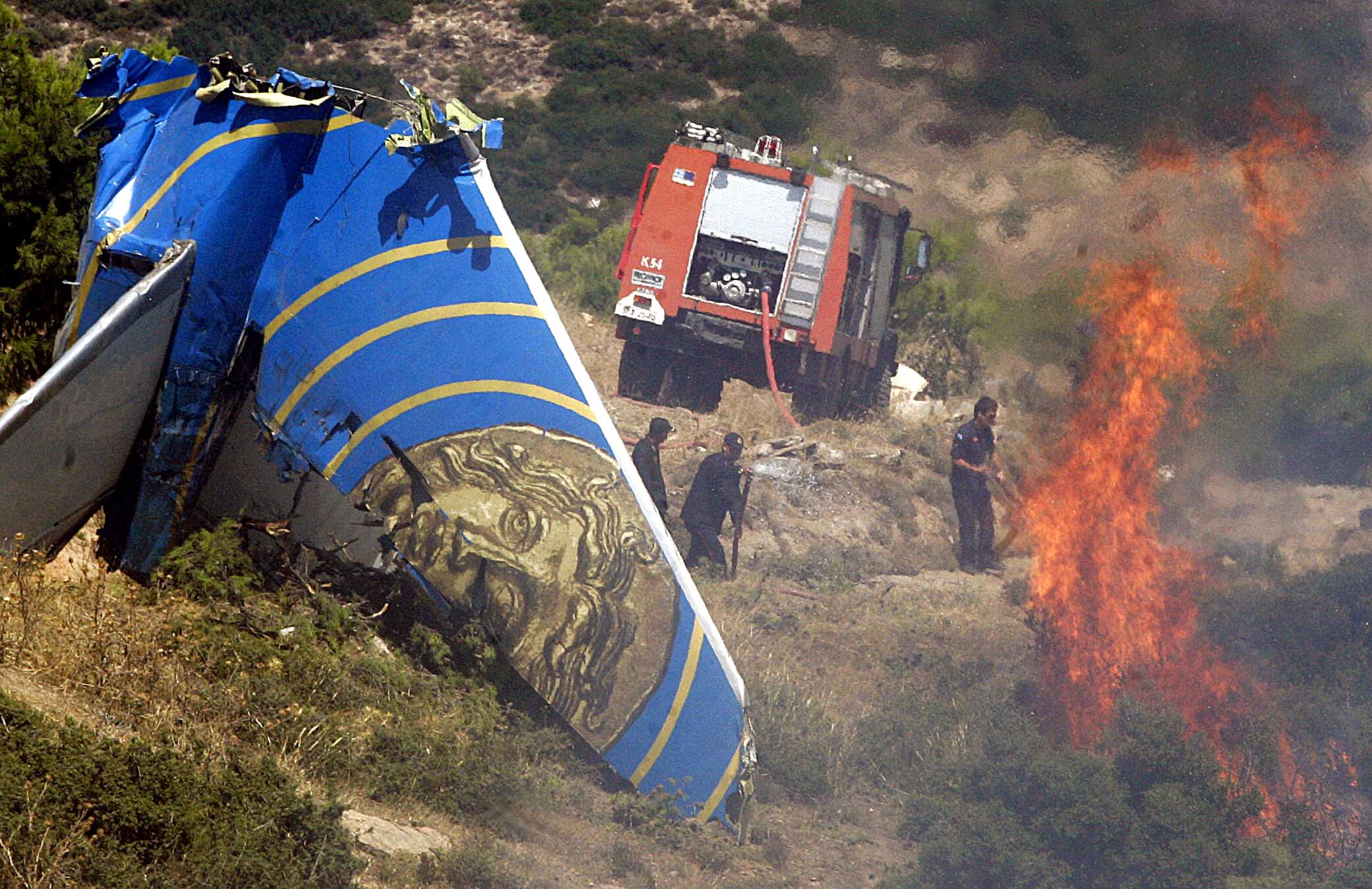
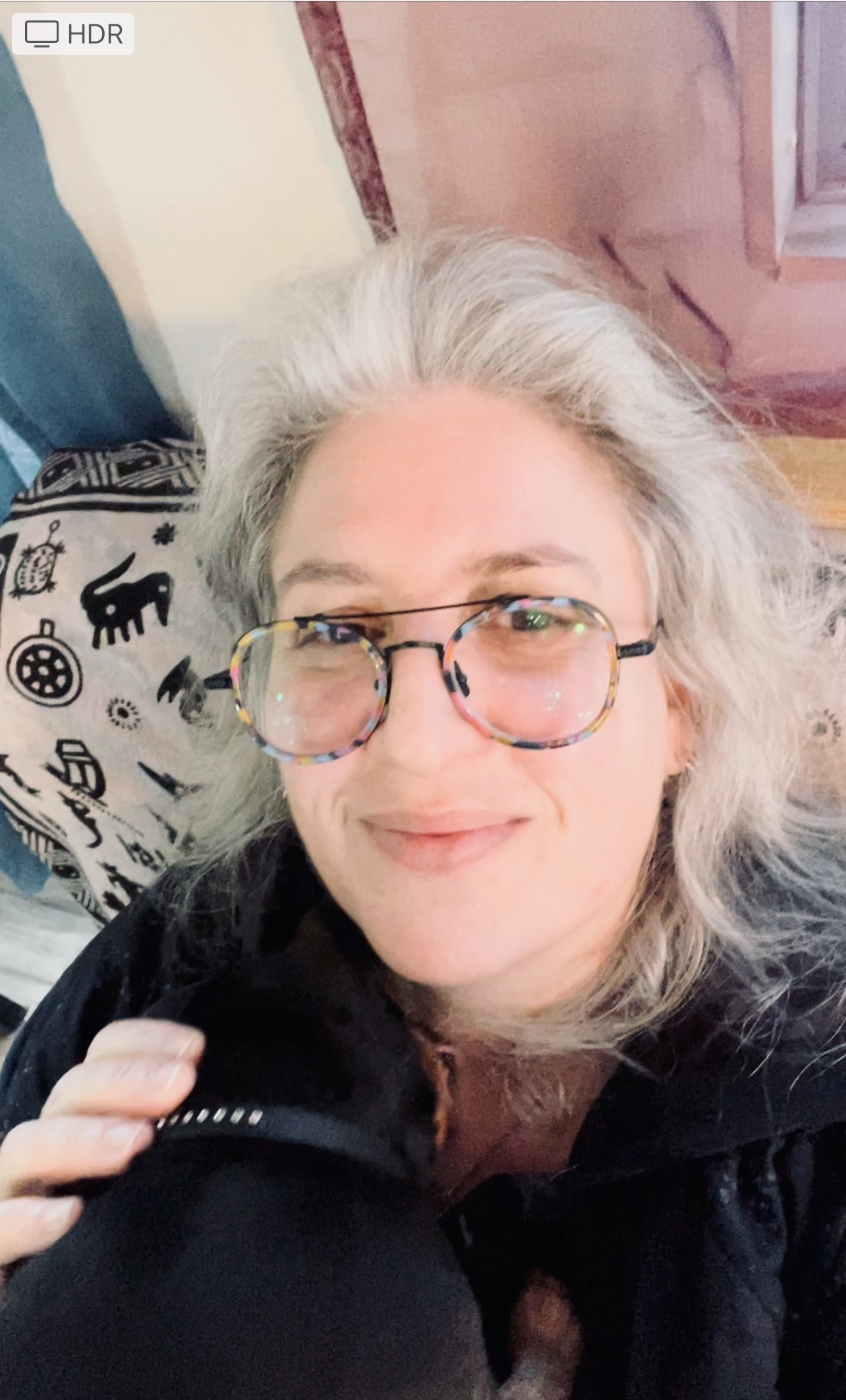
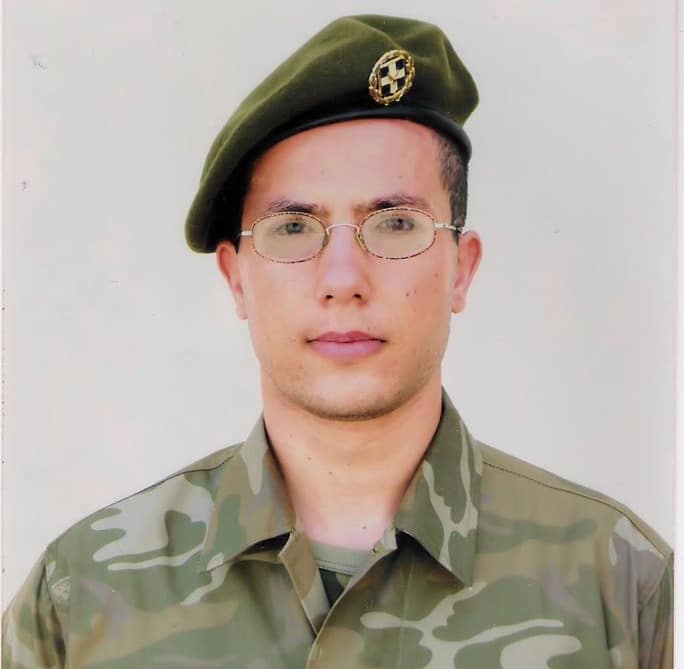
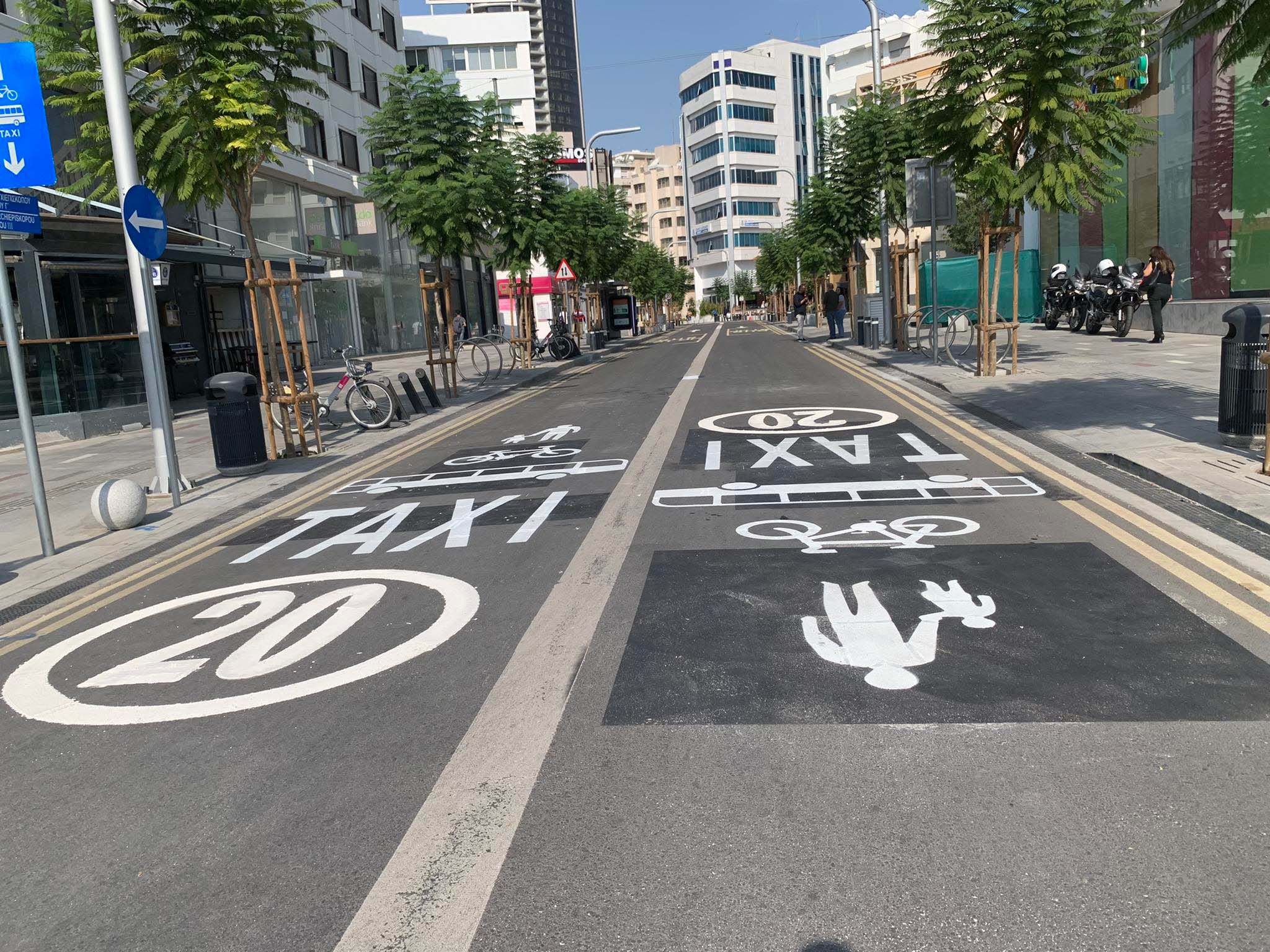
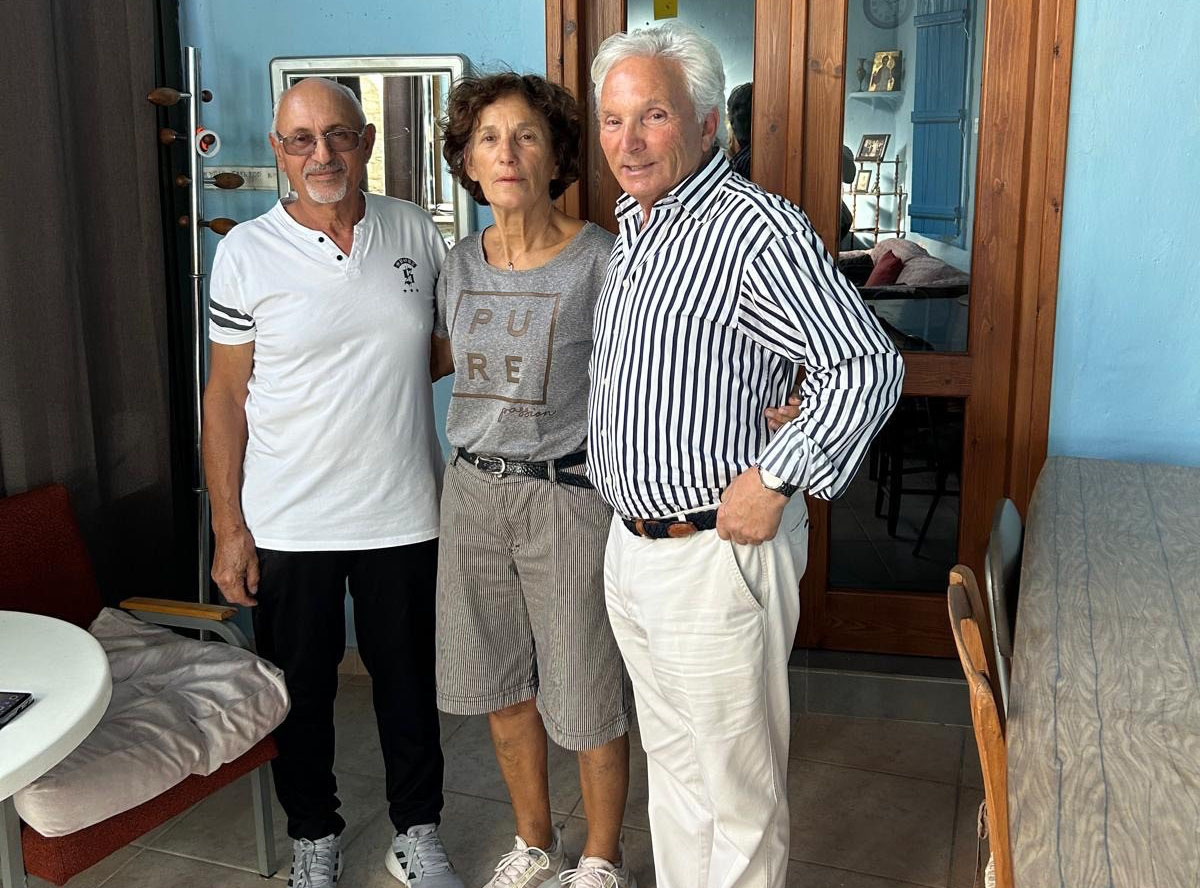

Click here to change your cookie preferences